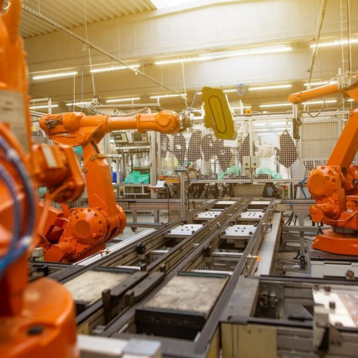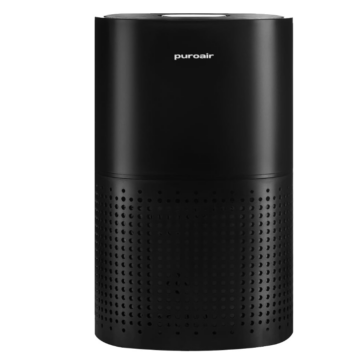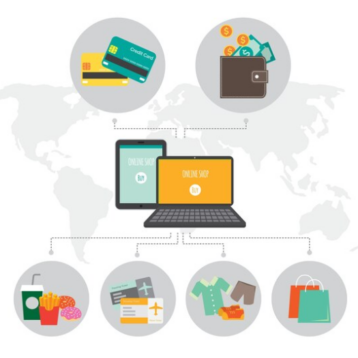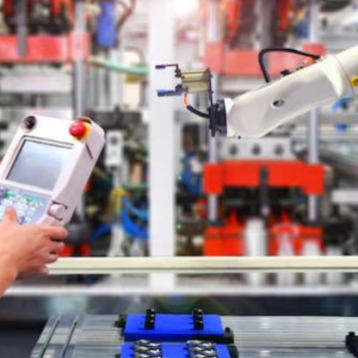You’ve got a successful retail store in the real world. It’s doing pretty well and you’re pretty happy with the operation you’ve created. Now that web-based shopping is booming all around the world, you’ve decided to start an online store. You spend many hours creating a store, digitizing the inventory, setting up the website and doing all of the technological wizardry required to get an online store going. And sure enough, the online store starts becoming more and more successful, with a growing presence and an international customer base. But how do you consolidate the two? How do you bring them under one banner?
The solution lies in using a digital Point Of Sale system. Digitising your Point of Sale system – and moving it onto something more portable, like an iPad POS system or another brand of tablet – will really bring together these two sales realms and push your business into the lead. Here’s the why and the how:
Why digitize?
For the same reason you started up an online store: the ease of use, accessibility to other markets, and for that adaptable edge. Using a digital POS system in your store offers the same benefits as offered by the tools embedded in your online shop: transactions would be centralized and access to real-time reports would be available, which according to Sellcell.com, is crucial to tax purposes, cashflow calculations and inventory data.
Integrating your online store catalogue and inventory just got a whole lot easier, because the two are now synced and connected through this POS system. Both the online store and the brick and mortar operation have the same payment system, and having a familiar face (so to speak) to interact with is comforting to the customers. This connection can also be used to alert a customer – whether online or in person – if an item is out of stock, thus allowing suggestions to be made.
Not only will a digital POS enhance the shopping experience for the customer, but it also allows you, as the owner, to take care of customers’ needs while they are in the store, instead of hovering around the cash register all day. This is another small but very useful benefit of incorporating such a POS system.
What else would I need?
Besides the actual POS software, you’ll need a tablet on which to host the software. iPads are the most useful for this, as they’re robust and easy to use, and most customers are familiar with Apple products. Besides that, any software worth its salt should be able to communicate with your cash register, card machine, barcode scanner and receipt printer. Companies like Shopify have produced little devices that attach to your iPad (or whichever brand you choose to use) and act as a de facto card scanner. This is especially handy when you’re on the move. The Shopify system can communicate with your cash register and allows it to operate as a normal till without any difference.
There are other pieces to this plan, including mobile Point of Sale (m-POS) systems, which are now becoming increasingly popular, and with these devices you won’t even need a tablet. Mobile phones are now becoming more ubiquitous in their use as POS systems and as a tool around the store to be able to check up on any of the products. If your store is equipped with Wi-Fi for customers, then using phones in this way is a great idea. Lots of popular chain stores have started implementing this development, including Starbucks, Old Navy and Toys R Us.
How will this affect my customers?
The core tenant upon which business models are built is the idea that the customer is always right. However, a slight change must be made to this concept. The customer spends money whenever they are comfortable with the products and services being offered. Assuming that they are happy with your products, you should provide a service that is easy and intuitive for them to use while keeping up with the latest technological trends. Customers only attach themselves to services that offer (from their point of view) an added benefit to their retail experience. By using technology which ensures these customers aren’t requested to sign-on to Facebook groups and Twitter hashtags, they are freed up to do what they wanted to in the first place: buy.
According to the Euroshop Retail Trade Fair, showroom behavior is still very prevalent. This behavior involves a customer walking into the store to see the product they want, physically interact with it, then go home and buy it online at a cheaper price. By having a digital POS system, dynamically pricing your products, and linking your online store with the brick and mortar operation, you can minimize the impact of showrooming on your bottom line.
In conclusion, digitizing your stores payment system and putting it on an iPad is a step in the right direction towards putting your business at the forefront of your industry and attracting customers at increasing rates. All of the obvious benefits are there to see, for both the retailer and the customer; the digital marketplace is beckoning. It’s about time your business participated.










